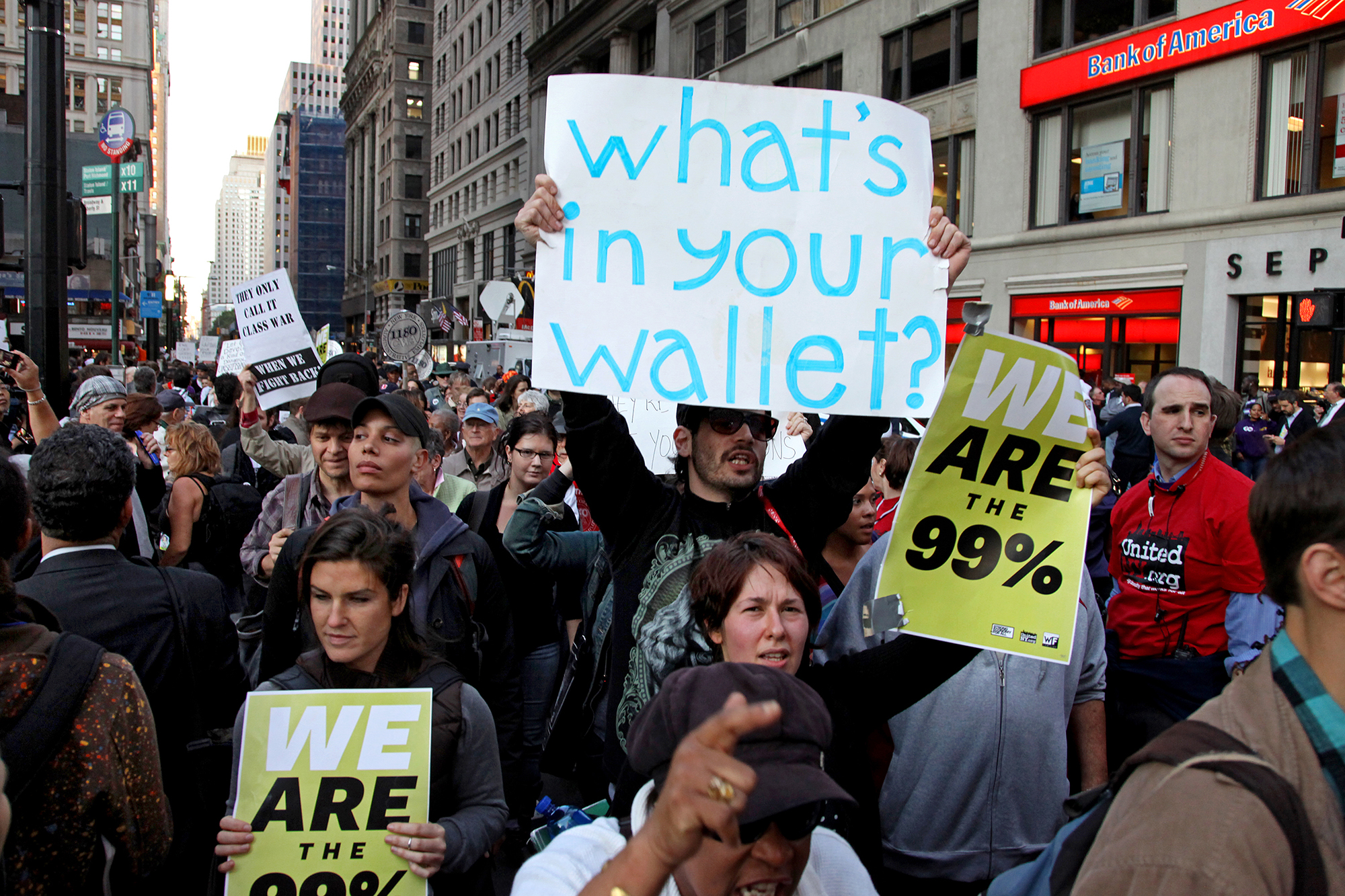Yesterday, the Trump administration proposed changing how the official poverty measure (OPM) is adjusted for inflation. The Office of Management and Budget is describing the policy change as an opportunity to consider “the strengths and weaknesses of different indexes” and “best practices for their use.” However, this seemingly technical distinction would artificially decrease the count of people living in poverty, laying the groundwork for cuts to dozens of programs, such as Head Start, school lunch, energy assistance, and legal services.
To understand how this proposal would work, it’s worth starting with how the Census defines poverty in the first place. The OPM was first created in the 1960s by Mollie Orshansky, an economist working for the Social Security Administration, who proposed poverty thresholds related to the cost of food: Any family earning less than three times the USDA estimate for the subsistence food budget is considered poor. Those thresholds have remained in place over the last half century, virtually unchanged other than by cost-of-living adjustments. Right now, according to the OPM, a family of three (with two adults and one child) counts as poor if their income amounts to less than $20,212 per year.
Get TalkPoverty In Your Inbox
The current OPM has faced criticism on a number of fronts, including failing to consider geographic variation (cost of living in Missoula is very different than Manhattan), account for any of the costs families face (such as medical costs or transit costs), or provide a full picture of families’ income (criticisms the Census has attempted to address with the creation of its much more robust Supplemental Poverty Measure (SPM)). In short, the OPM is too low for most people’s understanding of poverty. It’s hard to reconcile a measurement that says only 12.3 percent of people in the U.S. are poor when more than 4 in 10 adults would struggle to come up with $400 in an emergency and 70 percent of voters have confronted a serious financial hardship in the last year.
The Trump administration’s proposal would drive the OPM even lower.
Right now, the poverty thresholds are adjusted annually by the CPI-U, or Consumer Price Index for Urban Consumers, which measures inflation by tracking the change in price for a set group of consumer goods across a range of geographic areas. Trump is proposing switching to a different measure of inflation. The proposal isn’t specific on which measure they would use, but it twice mentions the possibility of using the “chained CPI” (or the C-CPI-U) as an alternative. The chained CPI differs from the CPI-U in that it allows for substitution across similar kinds of items. For example, the chained CPI takes into account the idea that if the price of chicken is high, perhaps you switch to pork, whereas the CPI-U only accounts for substitutions within categories, such as picking a Granny Smith apple over a Red Delicious. By allowing for these additional substitutions, chained CPI shows a slower rate of inflation, but for many families who are already choosing between paying the rent and buying food, they are already living as frugally as possible.
In addition to being impractical, the chained CPI would push poverty thresholds further and further down over time. The chained CPI has grown more slowly than the CPI-U by about 0.25 percentage points annually. That means that every year, chained CPI will redraw the thresholds lower than the CPI-U would have, in a way that compounds over time. For example, say that inflation under the CPI-U increased by 2.4 percent a year over the next decade. That means that 2018’s $20,212 poverty threshold for two adults and one child of today would be $25,021 in 2027 (in 2018 dollars). If the chained CPI grew 0.25 percentage points less each year the poverty threshold for this family would be about $544 lower at $24,447. By 2037 the difference would grow to $1,439 less.
This change to the OPM matters way beyond just measuring who is poor and who isn’t — changing it would have a ripple effect for millions of people. The poverty thresholds the Census publishes are the basis of the poverty guidelines issued by HHS. And HHS’s poverty guidelines are the basis of eligibility for a whole range of programs that help people meet their basic needs. Making this change would have long-term echo effects, chipping away at eligibility over the years. For example, school kids qualify for free meals and milk if they are at less than 130 percent of the federal poverty guidelines, and for reduced-price meals and milk if they are at less than 185 percent of the guidelines. Children up to age 5 can are eligible to attend Head Start or Early Head Start if they are poor (as defined by the guidelines). Low-income taxpayers can receive assistance resolving disputes with the IRS if they are at or under 250 percent of the poverty guidelines. As these definitions capture fewer and fewer people due to reduced inflation increases, there will be fewer and fewer people who receive the services they need.
We have estimates of how rapidly these changes can increase from the moment earlier this decade when policymakers (including some Democrats) supported changing the cost of living adjustment for Social Security benefits to the chained CPI. Research Joan Entmacher and I did at that time revealed that while the initial impact of this cut might seem small — averaging only about 0.3 percent cut to benefits per year — overtime these cuts would compound to create real harm. For example, if the chained CPI had been substituted for a single woman with a monthly benefit of $1,100, her benefit would be cut by $56 per month at age 80. By the time she reached 95, that cut would be more than $100 a month. If she received a benefit for 30 years, her cumulative losses would be nearly $20,000.
Benefits already fall short all too often. SNAP benefits typically run out before the end of the month, and kids go hungry in the summer without the benefit of school meals. Yet rather than provide families the support they need to meet their basic needs, Trump is proposing to artificially reduce poverty while actually cutting benefits — creating the illusion of a win from his perspective that is actually a heavy loss for low-income families.











